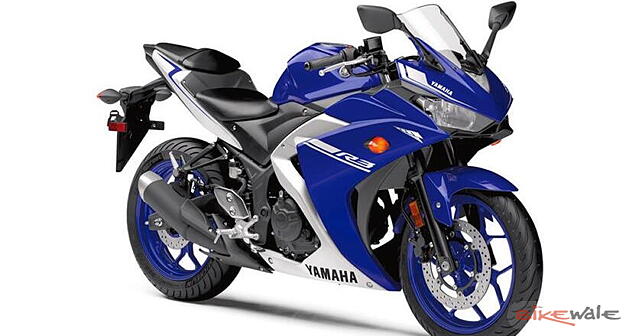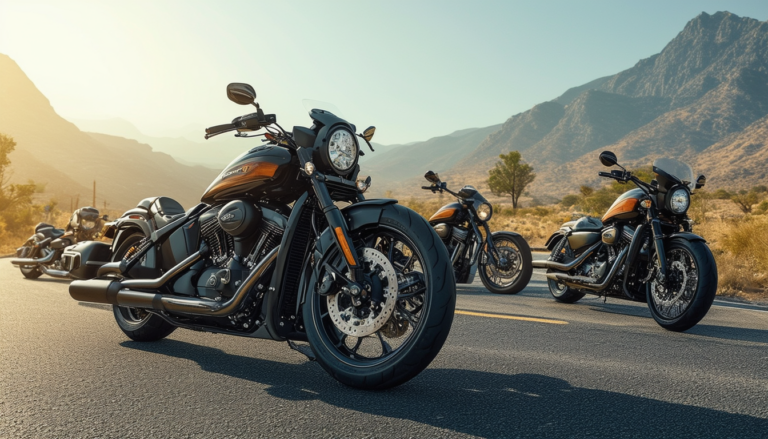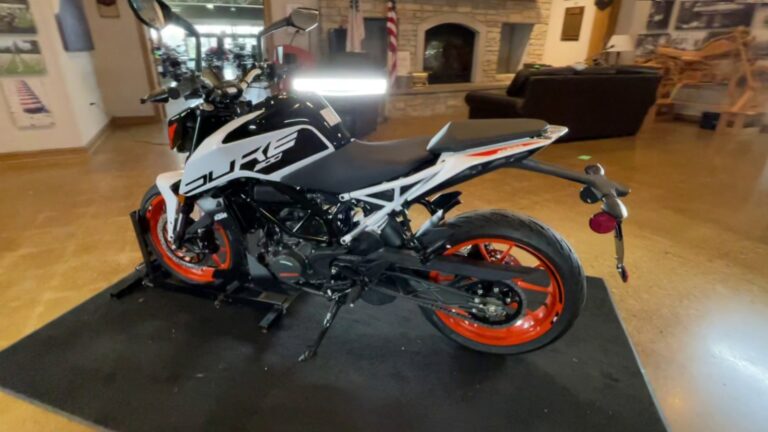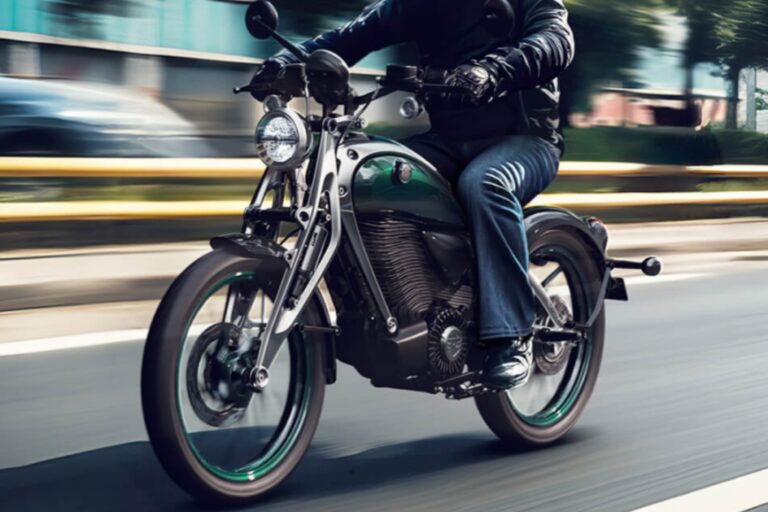Russian Forces Revive Classic Warfare Strategies with Motorcycles and Quad Bikes

In the ongoing conflict, Russian forces have returned to traditional warfare tactics, integrating the use of motorcycles and quad bikes into their operations. This resurgence reflects a strategic shift aimed at enhancing mobility and flexibility on the battlefield. As they navigate through complex terrains, these light vehicles are designed to outmaneuver heavier armored units and adapt to the rapidly changing dynamics of warfare.
The use of motorcycles, quad bikes, and similar vehicles by Russian forces marks a return to classic warfare strategies seen in earlier conflicts. In a bid to enhance their mobility and tactical effectiveness, these units employ fast, lightweight transports to navigate the challenging terrains of modern battlefields. This article explores the reasons behind this tactical shift, how it impacts combat dynamics, and the challenges faced by these units.
The Tactical Advantage of Two-Wheeled Vehicles
Motorcycles and quad bikes provide a unique tactical advantage in warfare. Their relatively small size and speed allow for quick maneuvers in rough environments, enabling forces to engage or disengage rapidly. These vehicles are particularly useful in off-road conditions, where traditional armored vehicles might struggle or be hindered by terrain. The ability to traverse diverse landscapes gives Russian units greater flexibility in operations, making them harder targets for aerial reconnaissance and attacks.
Historical Context of Motorcycle Use in Warfare
The use of motorcycles in military operations is not a recent phenomenon. Historically, they have been deployed for quick strikes and reconnaissance missions. The revival of these classic strategies signifies a return to fundamental principles of mobility and efficiency on the battlefield. By utilizing motorcycles and quad bikes, Russian forces tap into a well-established military practice aimed at achieving tactical superiority through rapid deployment and surprise attacks.
Adapting to Contemporary Warfare
In the face of modern military challenges, the integration of motorcycles and similar vehicles into tactical plans reflects a significant adaptation. Traditional heavy vehicles, while powerful, can be cumbersome and slow-moving, making them vulnerable to modern technologies, including drones and guided munitions. By implementing lighter, faster vehicles, Russian forces aim to counter these threats while maintaining efficiency in their operations.
Challenges Faced by Motorcycle Units
Despite the apparent advantages, the use of motorcycles and quad bikes is not without its challenges. Logistical support for these units often poses a problem, as they require a different maintenance approach compared to conventional armored vehicles. Additionally, these vehicles offer less protection for soldiers compared to their armored counterparts, potentially leading to higher casualty rates in direct confrontations.
Combating Supply Issues and Resource Constraints
As resources become depleted, especially in prolonged conflicts, the sustainability of using motorcycles can become questionable. The Russian forces have been compelled to adapt their strategies, often directing their motorcycle units into roles traditionally held by heavier units. This adjustment can lead to logistical strains and operational difficulties, particularly in the face of stiff resistance from enemy forces.
The Role of Technology in Modern Motorcycle Warfare
With advancements in technology, the integration of communication and weapon systems into motorcycles and quad bikes has become pivotal. Equipments such as enhanced navigation systems and lightweight weaponry allow these units to operate effectively in battlefield scenarios. This technological evolution complements the fundamental benefits of speed and agility, creating a modern warfare strategy that leverages the classic tactics of mobility.
The revival of motorcycle and quad bike tactics by Russian forces emphasizes a growing recognition of the warfare dynamics that favor agility and rapid movement. While these strategies invite both challenges and opportunities, they illustrate a significant shift in how traditional military concepts can be re-imagined in the context of contemporary conflicts.
The revival of classic warfare tactics among Russian forces showcases their strategic shift towards agile and lightweight vehicles like motorcycles and quad bikes. This approach aims to enhance mobility on the battlefield, allowing rapid maneuverability in diverse terrains. As logistics and supply chains remain challenged, these vehicles provide a tactical advantage by enabling quicker deployments and repositioning.
Enhanced Mobility on the Battlefield
Utilizing motorcycles and quad bikes offers significant benefits in terms of speed and agility. These vehicles can navigate various landscapes, making them ideal for hit-and-run tactics. With their compact size, they can easily traverse areas that are inaccessible to larger vehicles, effectively supporting rapid troop movements and surprise attacks against enemy positions.
Effective Resource Allocation
In light of dwindling resources, Russian forces have adapted by assigning more troops to operate motorcycles instead of relying solely on heavily armored vehicles. This shift not only preserves vital equipment but also allows for quick response units that are less detectable and more versatile in combat scenarios. The cost-effectiveness of maintaining a fleet of light vehicles compared to traditional armored units is crucial in prolonged engagements.
Strategic Deployment Techniques
The operational strategy behind the use of these vehicles hinges on surprise. By integrating fast and lightweight units, Russian forces can execute rapid assaults that catch opponents off-guard. This tactic contrasts with conventional strategies, which often involve heavy equipment that can be more easily predicted and countered. The element of speed combined with stealth serves as a force multiplier in such engagements.
Challenges and Vulnerabilities
While the use of motorcycles and quad bikes presents various advantages, it is not without its challenges. These vehicles offer less armor and protection compared to traditional military vehicles, making the operators susceptible to enemy fire, particularly from drone strikes. Therefore, tactical awareness and support from other units become essential to mitigate these vulnerabilities during operations.






